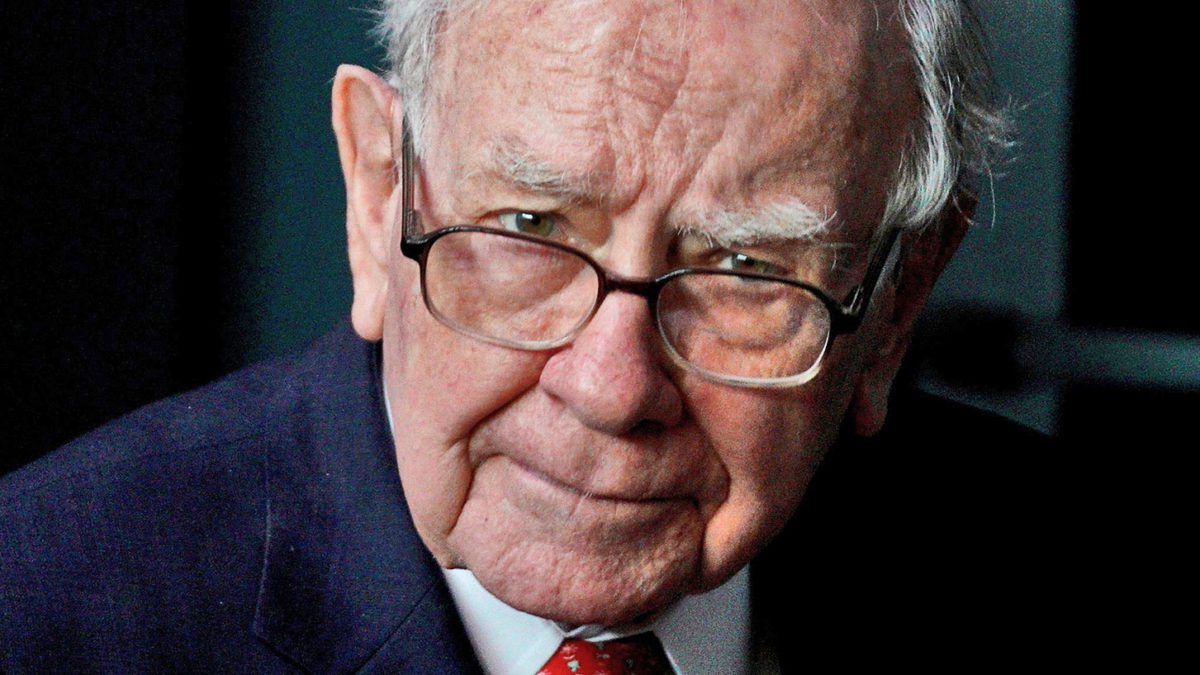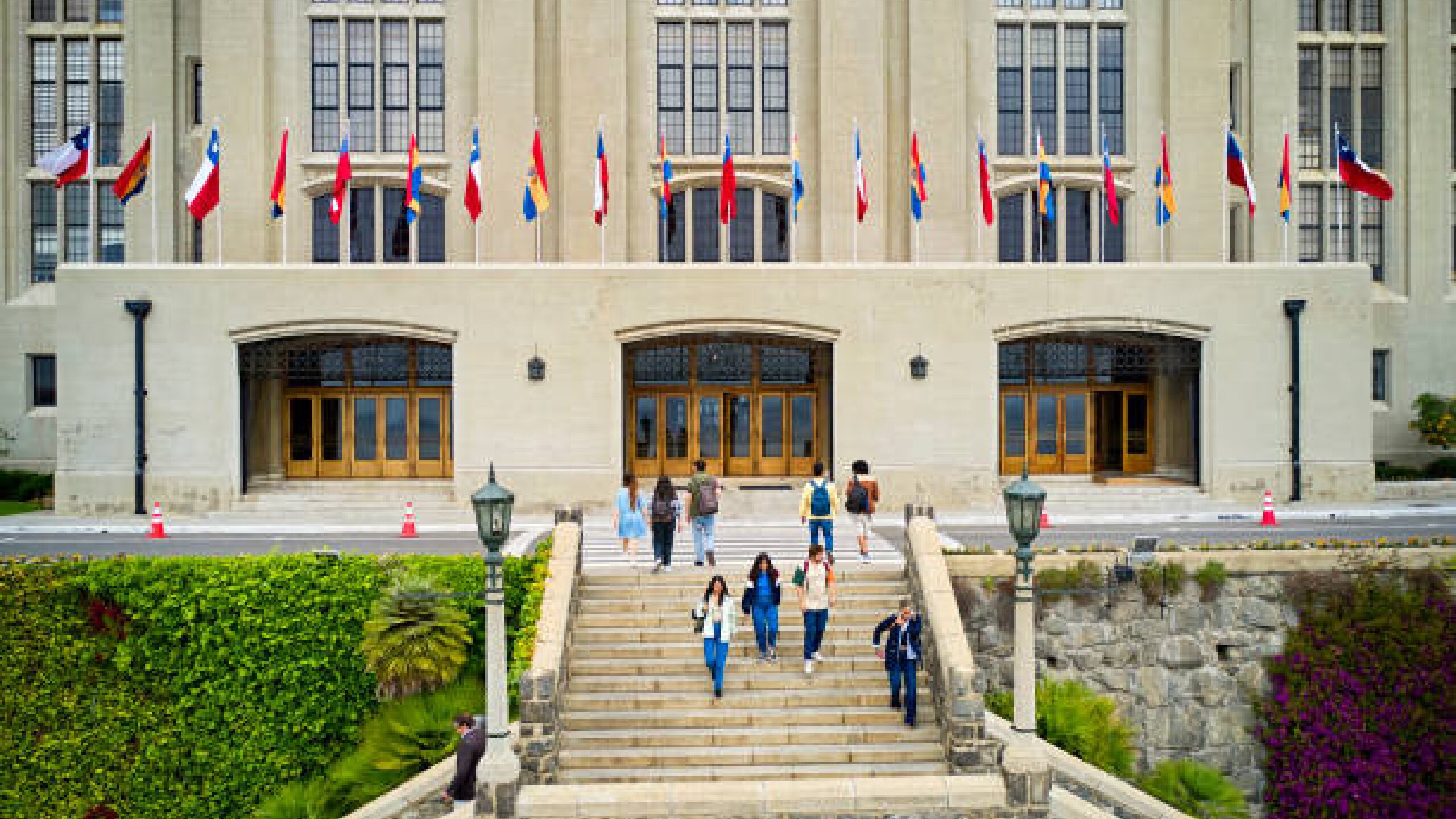Buffett’s ‘Big Four’ and the challenge of cash
The Berkshire Hathaway (NYSE:BRK.A) annual letter to shareholders is must reading for any investor or financial professional. Despite nearing 100 years of age, both Buffett and his business partner Charlie Munger remain as astute and knowledgeable as they have ever been.
Their annual letter is not without a few ‘whacks’, highlighting some of the excesses and unfortunate trends that emerge in markets from time to time. For instance, in his 2021 missive Buffett highlights the trend away from ‘old-fashioned’ measures of earnings or profits that come after interest tax, depreciation and all forms of remuneration.
He says “deceptive adjustments to earnings have become both more frequent and more fanciful as stocks have risen” in reference to the many unique reports and valuation assessments used on modern-day technology companies. But once again, the letter was all about Buffett’s powerful compounding machine.
The cover page says it all: Berkshire has delivered a return of 3,641,613 per cent since 1965, compared to the more modest 30,209 per cent for the S&P500. Just a few short years ago Buffett’s entire method was being questioned on a regular basis, but returns are clearly roaring back.
The key to this 60-year success rate has been the firm’s approach to investing in businesses rather than stocks. Munger and Buffett along with the CEOs who run their portfolio of investee companies are very much religiously attached to this idea of owning and running businesses well, in many ways similar to how the institutional and pension fund world works today.
With investors seeking inflation hedges via infrastructure and real property, Buffett is quick to remind the market that Berkshire owns and operates more US-based infrastructure assets, including railroads and energy, than any other American corporation, now totalling US$158 billion ($216 billion).
This allocation forms part of what Berkshire is now calling its “Big Four,” which looks very different to the Australian banks. As is widely known, the group’s insurance business is 100 per cent owned and operated inhouse, with the group able to utilise the paid-up premiums of members to invest and generate their own profits. This has been central to the success and ability to remain patient during periods of market volatility. The firm remains confident that insurance is not going anywhere anytime soon and will remain a key source of long-term capital.
Apple (NYSE:AAPL) is the second part of the Big Four, which is somewhat unique in that Buffett’s holding, despite being one of the largest in the world, is just 5 per cent of the capital on issue. The group’s ownership increase from 5.39 to 5.55 per cent is due to Apple’s aggressive buyback program. While Australians would pay attention to the US$785 million ($1.07 billion) in dividends paid, Berkshire is more focused on the US$5.6 billion ($7.7 billion) in annual earnings they effectively own.
There is no doubt that many laughed at Berkshire when expanding heavily into railroads, with BNSF Railway the group’s third giant today. The railroad system is the “number-one artery of American commerce,” making it a near-indispensable asset for the country. After receiving significant pressure on the ESG credentials of the group, Buffett highlights the fact that if these products were hauled by truck, America’s carbon emissions would soar.
This trend shifts into Berkshire Hathaway Energy, the fourth Giant, which earned a record US$4 billion ($5.5 billion) in 2021 and now owns a diverse and growing range of both gas-powered and renewable energy assets.
Among the biggest challenges facing Berkshire is its ballooning cash holding, which now exceeds US$140 billion ($191.8 billion) in cash and treasury bill holdings. From its inception, Buffett has always sought to be 100 per cent invested at all times, with the current circa 80 per cent allocation to businesses “a consequence of my failure to find entire companies or small portions thereof (that is, marketable stocks) which meet our criteria for long-term holding.”









